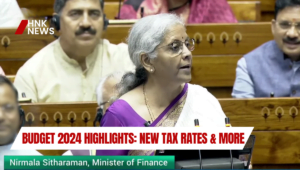Delhi’s Odd-Even Vehicle Scheme: What to Know?
The odd-even vehicle scheme is a traffic control measure implemented by the Delhi government to reduce air pollution in the city. The scheme works by allowing vehicles with registration numbers ending in odd digits to ply on odd dates, and vehicles with registration numbers ending in even digits to ply on even dates. The scheme is typically implemented for a period of one or two weeks, during times when air pollution levels are high.
The odd-even vehicle scheme was first implemented in Delhi in 2016 and has been implemented several times since then. The scheme has been credited with reducing air pollution levels in the city by up to 20%. However, the scheme has also been criticized for being inconvenient and disruptive to people’s lives.
How does the odd-even vehicle scheme work?
Under the odd-even vehicle scheme, vehicles are allowed to ply on the roads on alternate days, based on their registration numbers. On odd days, only vehicles with registration numbers ending in 1, 3, 5, 7, and 9 are allowed to ply. On even days, only vehicles with registration numbers ending in 0, 2, 4, 6, and 8 are allowed to ply.
The odd-even vehicle scheme is enforced from 8 am to 8 pm, from Monday to Saturday. Violators of the scheme are fined Rs. 2,000.
What are the exemptions to the odd-even vehicle scheme?
The following categories of vehicles are exempt from the odd-even vehicle scheme:
Electric and hybrid vehicles
Two-wheelers
Vehicles driven by women
Emergency vehicles, such as ambulances and fire trucks
Public transport vehicles, such as buses and taxis
Vehicles carrying essential goods, such as food and medicine
How effective is the odd-even vehicle scheme at reducing air pollution?
Studies have shown that the odd-even vehicle scheme can be effective at reducing air pollution levels in Delhi. A study by the Indian Institute of Technology Delhi found that the scheme reduced PM2.5 levels in the city by 20% during the first phase of implementation in 2016.
However, the effectiveness of the scheme can vary depending on a number of factors, such as the weather conditions and the level of compliance with the scheme. For example, the scheme is less effective during the winter months, when air pollution levels are typically higher.
Conclusion
The odd-even vehicle scheme is a controversial measure, but it has been shown to be effective at reducing air pollution levels in Delhi. The scheme is typically implemented during times when air pollution levels are high and is typically lifted after a period of one or two weeks.






